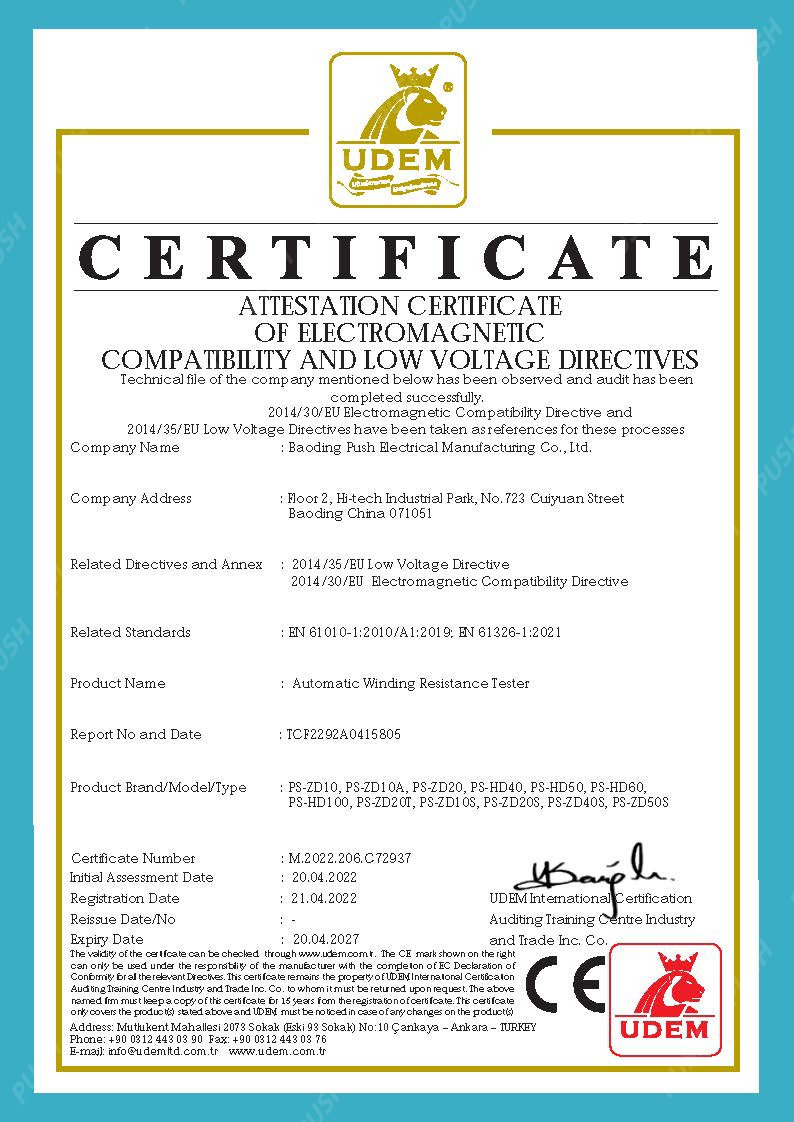 English
English



-
 Afrikaans
Afrikaans -
 Albanian
Albanian -
 Amharic
Amharic -
 Arabic
Arabic -
 Armenian
Armenian -
 Azerbaijani
Azerbaijani -
 Basque
Basque -
 Belarusian
Belarusian -
 Bengali
Bengali -
 Bosnian
Bosnian -
 Bulgarian
Bulgarian -
 Catalan
Catalan -
 Cebuano
Cebuano -
 China
China -
 China (Taiwan)
China (Taiwan) -
 Corsican
Corsican -
 Croatian
Croatian -
 Czech
Czech -
 Danish
Danish -
 Dutch
Dutch -
 English
English -
 Esperanto
Esperanto -
 Estonian
Estonian -
 Finnish
Finnish -
 French
French -
 Frisian
Frisian -
 Galician
Galician -
 Georgian
Georgian -
 German
German -
 Greek
Greek -
 Gujarati
Gujarati -
 Haitian Creole
Haitian Creole -
 hausa
hausa -
 hawaiian
hawaiian -
 Hebrew
Hebrew -
 Hindi
Hindi -
 Miao
Miao -
 Hungarian
Hungarian -
 Icelandic
Icelandic -
 igbo
igbo -
 Indonesian
Indonesian -
 irish
irish -
 Italian
Italian -
 Japanese
Japanese -
 Javanese
Javanese -
 Kannada
Kannada -
 kazakh
kazakh -
 Khmer
Khmer -
 Rwandese
Rwandese -
 Korean
Korean -
 Kurdish
Kurdish -
 Kyrgyz
Kyrgyz -
 Lao
Lao -
 Latin
Latin -
 Latvian
Latvian -
 Lithuanian
Lithuanian -
 Luxembourgish
Luxembourgish -
 Macedonian
Macedonian -
 Malgashi
Malgashi -
 Malay
Malay -
 Malayalam
Malayalam -
 Maltese
Maltese -
 Maori
Maori -
 Marathi
Marathi -
 Mongolian
Mongolian -
 Myanmar
Myanmar -
 Nepali
Nepali -
 Norwegian
Norwegian -
 Norwegian
Norwegian -
 Occitan
Occitan -
 Pashto
Pashto -
 Persian
Persian -
 Polish
Polish -
 Portuguese
Portuguese -
 Punjabi
Punjabi -
 Romanian
Romanian -
 Russian
Russian -
 Samoan
Samoan -
 Scottish Gaelic
Scottish Gaelic -
 Serbian
Serbian -
 Sesotho
Sesotho -
 Shona
Shona -
 Sindhi
Sindhi -
 Sinhala
Sinhala -
 Slovak
Slovak -
 Slovenian
Slovenian -
 Somali
Somali -
 Spanish
Spanish -
 Sundanese
Sundanese -
 Swahili
Swahili -
 Swedish
Swedish -
 Tagalog
Tagalog -
 Tajik
Tajik -
 Tamil
Tamil -
 Tatar
Tatar -
 Telugu
Telugu -
 Thai
Thai -
 Turkish
Turkish -
 Turkmen
Turkmen -
 Ukrainian
Ukrainian -
 Urdu
Urdu -
 Uighur
Uighur -
 Uzbek
Uzbek -
 Vietnamese
Vietnamese -
 Welsh
Welsh -
 Bantu
Bantu -
 Yiddish
Yiddish -
 Yoruba
Yoruba -
 Zulu
Zulu
Volume Resistivity Measurement Instrument for Electrical Conductivity Testing and Analysis
Understanding Volume Resistivity Testers An Essential Tool for Material Analysis
In the world of materials science and electrical engineering, the ability to measure the resistivity of various materials is crucial for assessing their suitability for specific applications. One of the primary methods of determining resistivity is through the use of a volume resistivity tester. This specialized device measures the resistance of a material over a defined volume, allowing engineers and researchers to obtain vital information about a material’s electrical properties.
What is Volume Resistivity?
Volume resistivity is defined as the inherent resistance of a material to the flow of electric current. It is typically expressed in ohm-meters (Ω·m) or ohm-centimeters (Ω·cm). This property is critical in determining how well a material can conduct electricity or, conversely, how well it can insulate against electrical flow. Different materials exhibit varying levels of resistivity; for instance, metals like copper have low resistivity, while rubber and certain plastics exhibit high resistivity, making them excellent insulators.
The Importance of Measuring Volume Resistivity
Understanding the volume resistivity of a material is vital for numerous applications. For instance, in the electronics industry, components must be made from materials that can handle specific electrical loads without overheating or failing. Similarly, in construction, materials used for electrical insulation must possess high resistivity to prevent current leakage and ensure safety. By measuring volume resistivity, professionals can ensure that the materials they select meet required standards and specifications.
How a Volume Resistivity Tester Works
A typical volume resistivity tester functions by applying a known voltage across a sample of material and measuring the resulting current flow
. The tester calculates resistivity using Ohm’s law, which relates voltage, current, and resistance (R = V/I). Many modern testers come equipped with advanced features, such as data logging capabilities, which allow users to gather and analyze multiple measurements over time.volume resistivity tester

The tester may vary in design based on the specific material being tested—solid, liquid, or powder. For example, when measuring the resistivity of solids, electrodes may be placed on both ends of a cylindrical specimen, while liquids may require specialized containers that accommodate the electrical probes.
Key Applications of Volume Resistivity Testing
1. Material Selection Engineers use resistivity measurements to select the right materials for applications ranging from electrical wiring to insulation in high-voltage environments. 2. Quality Control In manufacturing, consistent resistivity values indicate that raw materials and end products meet quality assurance criteria.
3. Research and Development Academics and researchers study the resistivity of new materials to explore innovative applications in electronics, nanotechnology, and materials science.
4. Environmental Monitoring Volume resistivity testing can also be applied to monitor the integrity of materials used in environmental protection, such as liners in waste containment facilities.
Conclusion
In conclusion, volume resistivity testers are indispensable instruments for anyone involved in material science, electrical engineering, or quality control. They provide essential data that helps professionals ensure the safety, reliability, and effectiveness of materials used in a wide array of applications. Understanding how to utilize and interpret the results from a volume resistivity tester not only enhances product performance but also drives innovation across multiple industries. As technology continues to evolve, these testers will remain a cornerstone of material analysis, ensuring that we select the right materials for a sustainable future.
-
Ensuring SF₆ Gas Safety: Introducing PUSH’s Integrated SF₆ Analyzer for Dew Point, Purity, and Decomposition MonitoringNewsJul.10,2025
-
Exploring the Main Types of Industrial Endoscopes and Their Applications Across IndustriesNewsJul.04,2025
-
Testing Equipment Industry Sees Major Advancements in 2025: Smart & Precision Technologies Lead the WayNewsJun.06,2025
-
Applications of Direct Current Generators in Renewable Energy SystemsNewsJun.05,2025
-
Hipot Tester Calibration and Accuracy GuidelinesNewsJun.05,2025
-
Digital Circuit Breaker Analyzer Features and BenefitsNewsJun.05,2025



